Growth, growth and more growth! That’s what many of you will target in 2017. But growth that is sustainable demands a plan and a set of clearly-defined goals, so you can measure performance.
Experts suggest business owners and decision makers should actually spend about half their work time planning future strategy. With that in mind, here are a few that can help push you towards a growth path – and keep you there.
Industry 4.0 is Manufacturing 4.0
This buzzword captures the merger of intelligent computing and automated systems, with minimal human intervention. It’s not something way off in the future; it’s here and now. And those that are fastest off the mark will gain competitive advantage.
Naturally, you have to spot and plan for the opportunities. Specifically, you’ll find them in:
- Robotics – engineering and science come together in a wide range of machines that perform tasks from simple to the most complex, with unprecedented accuracy and miniscule rejection rates. Costs are falling and robots are steadily making their way into the SME sector.
- Automation – the enabler not just of robotic systems but also data acquisition and analysis, workflow and project management. Processes can speed up, sometimes exponentially.
- The Internet of Things (IoT) – Internet-enabled machines provide the ultimate in remote control and multi-system integration. They enable real-time control and intervention and feed into data-harvesting and analytical systems.
Invest in Your Most Important Resource
 The skills shortage presents a major challenge for manufacturers. Even with robots and automated systems, the importance of the human dimension can’t be overstated.
The skills shortage presents a major challenge for manufacturers. Even with robots and automated systems, the importance of the human dimension can’t be overstated.
Your 2017 strategy should focus on how to improve the strength and quality of your workforce. This might include:
- Cross-training – Give existing employees the chance to acquire multiple skills to fill the gaps you’ve identified and provide them with mentoring and a growth path.
- Encouraging innovation – Provide insight into the challenges that lie ahead, then invite and reward ideas that respond to them.
- Recruiting – Create a “pipeline” of talent through your website, contacts with colleges, and open house and tour days.
Improve Efficiencies
Automation and a more appropriately skilled workforce can significantly enhance performance. But there are other things you can do to eliminate inefficiencies, such as:
- Improve supply line visibility and control through data acquisition from your suppliers, use advanced logistics planning and, where possible, shorten the supply chain.
- Explore opportunities to lower overall material costs though more efficient processes, lower wastage and improved quality control. Shorter supply chains and alternative raw materials can also play a part in cost reduction.
- Investigate beyond the production line to update technology — such as more powerful and flexible back-office systems.
- Machine maintenance and repair should include emergency, short-term, and long solutions. The right provider can accommodate all your repair needs –hint, wink.
- Renegotiate problematic contracts. We all have them – contracts drawn up when the market was different or with suppliers and customers who have proved difficult. Go through your portfolio, identify those that are costly in either (or both) time and money — and get back to the drawing board!
Business Opportunities
You can’t stand still if you want to grow. Where is the new potential?
- Diversification. Ensure you’re not reliant on one or a small number of customers. No single customer should represent more than a quarter of your revenue. Look for new product ideas (include your employees ideas) in allied markets.
- Acquisitions. Use networking and media to track companies and products that might make a good fit for your organization.
- Partnerships. The same market intelligence can help you identify opportunities to partner with other businesses in parallel markets where you can utilize some of the same resources. Partnerships with colleges and trade groups can feed into your talent pipeline.
Give these ideas serious consideration as we move into the New Year. But then you need to go beyond the thinking stage to planning. Write down your goals, identify the priorities to meet them, and carefully cost them out. Then craft and timetable your plan. You can be sure your sharpest competitors will be doing the same!
 We repair and service all models and manufacturers of industrial electronics, servo motors, AC and DC motors, hydraulics and pneumatics with a five day turn-around time and an 18 month in-service warrantee. Contact or call us at 877.249.1701 today!
We repair and service all models and manufacturers of industrial electronics, servo motors, AC and DC motors, hydraulics and pneumatics with a five day turn-around time and an 18 month in-service warrantee. Contact or call us at 877.249.1701 today!